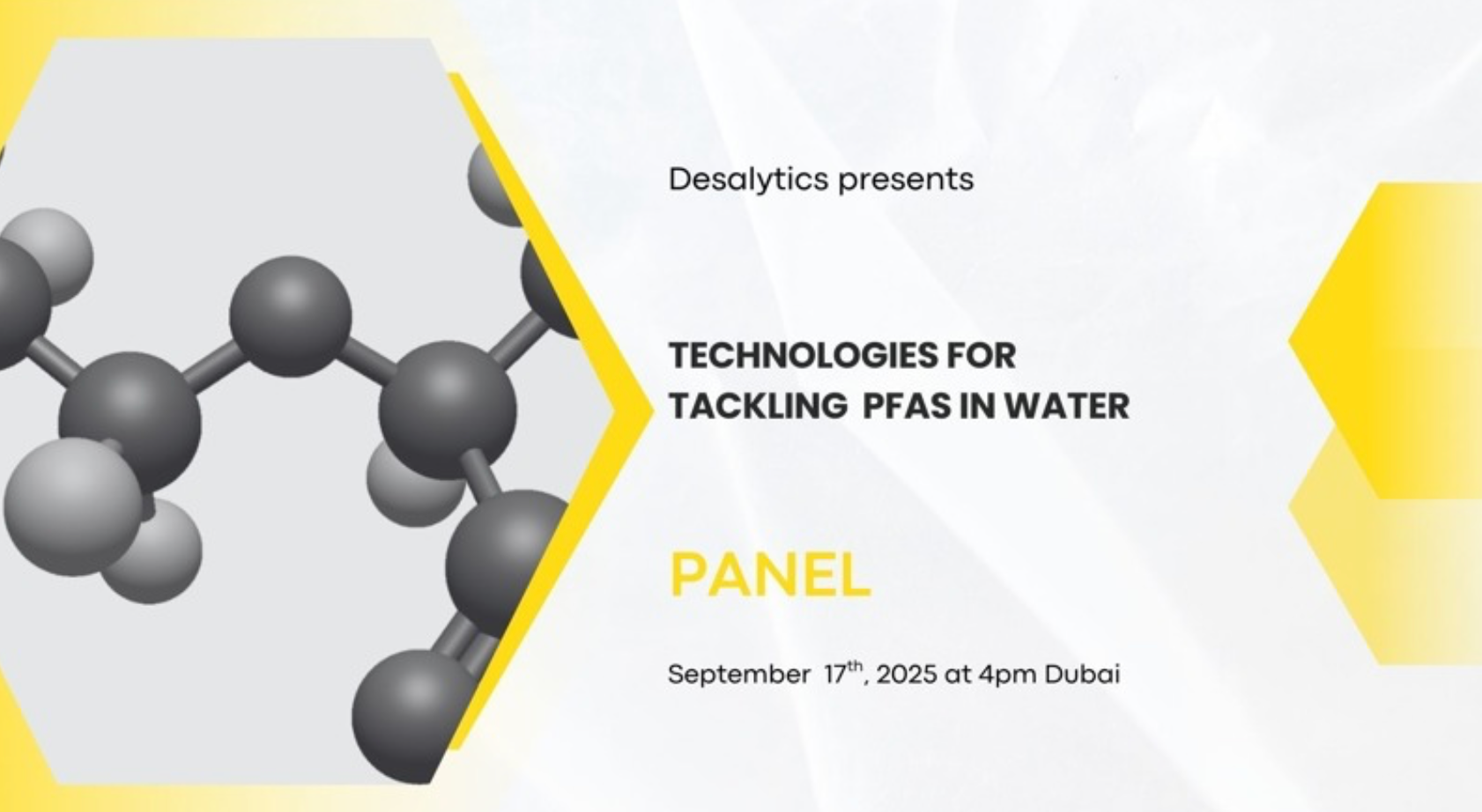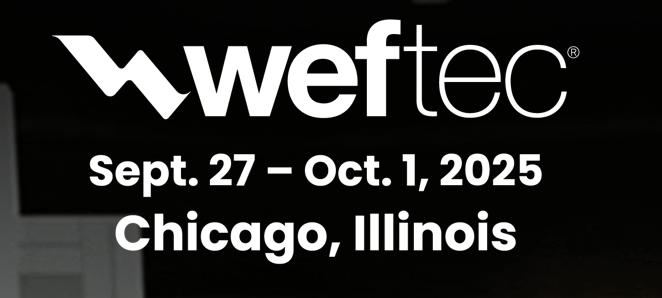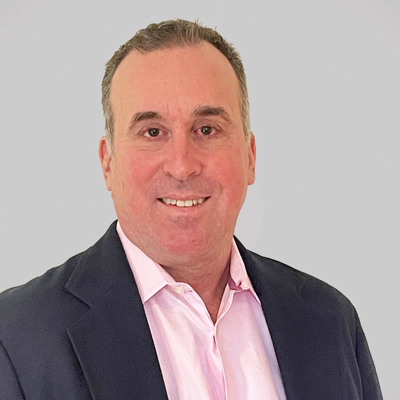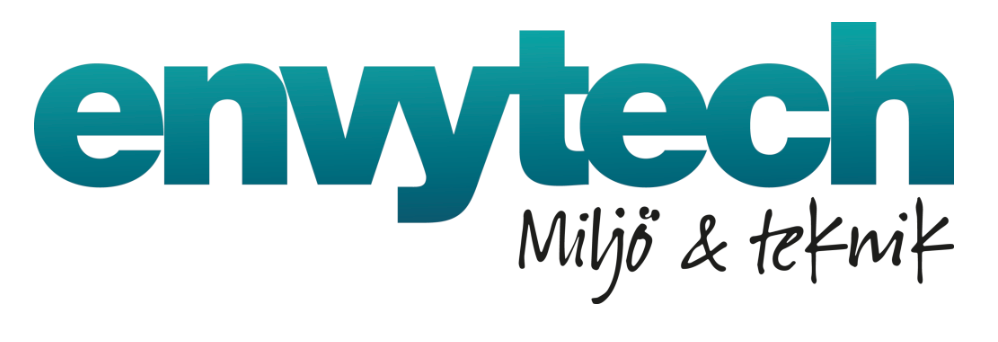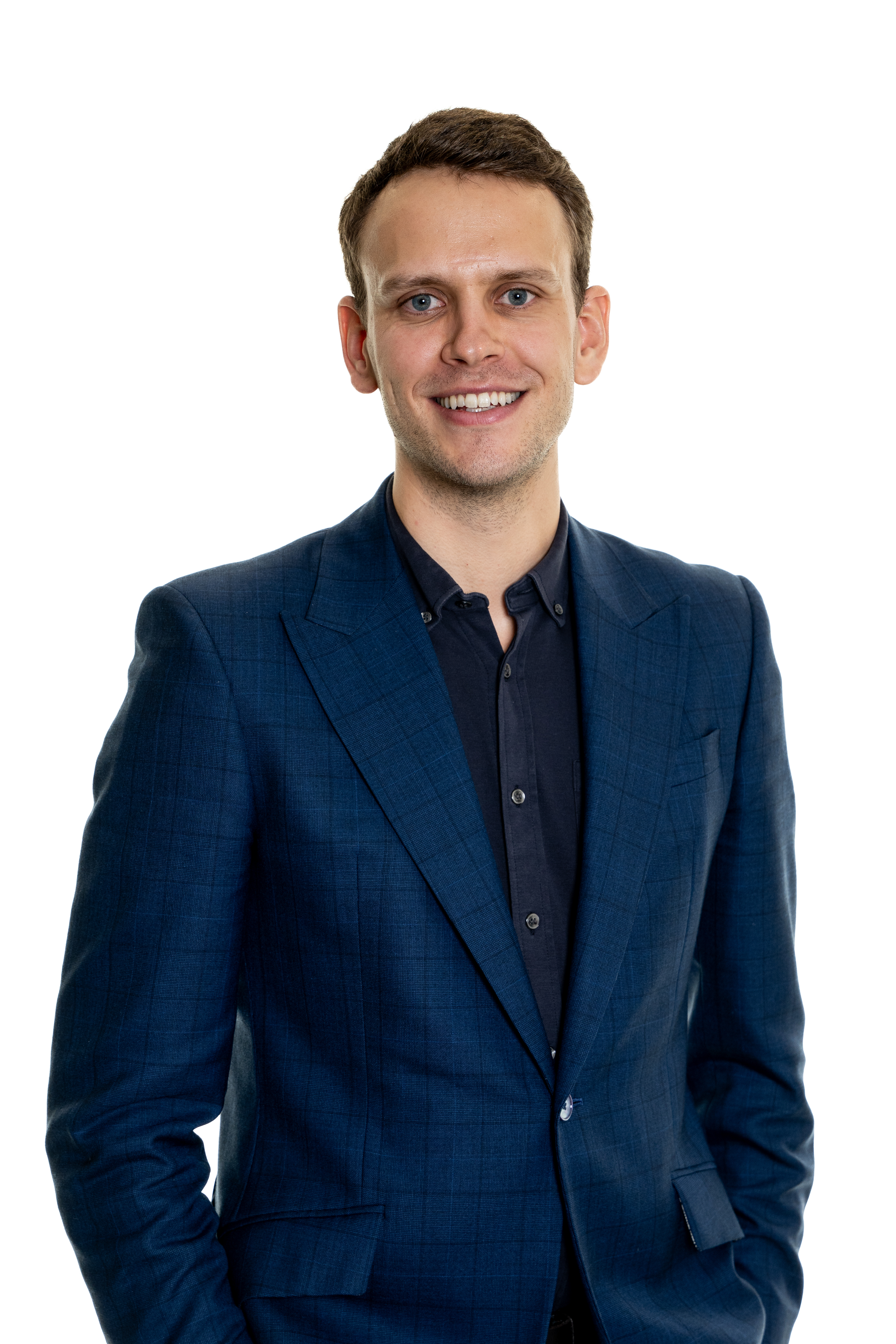
A Conversation with Henrik Hagemann, CEO & Co-Founder of Puraffinity
March 06, 2024
Can you tell us a bit about the genesis of Puraffinity and what was the initial motivation and inspiration for the company?
Back in 2014, we came up with an idea that targeted approaches have done wonders for precision medicine and biotech. We participated in the world’s largest science competition focused on synthetic biology (iGEM), where we won second place among 250 teams as the Imperial College London team.
We also saw a how the environmental space used blunt instruments from the 1940s, that were unable to treat more hazardous chemicals introduced in recent years.
We saw this as an opportunity to develop further. Initially, we concentrated on heavy metals and encountered various problems during our journey of understanding the challenges that companies face while removing chemicals. We were startled when we realized that PFAS chemicals, found in people's blood, had the most significant impact.
Talking to industrial potential customers helped us realise that the project could be a commercial venture, not just a research project. This led to the company spinning out in 2015.
Our objective is to build a mission-first company where the focus is on solving climate change related problems. Our focus is on mitigating the climate challenges we face around water by efficiently capturing chemicals in water, with next generation sustainable materials.
If you were to describe Puraffinity’s vision in one sentence, what would it be?
To provide 1 billion people with PFAS-free water by 2030.
Could you please tell us about the technology that Puraffinity has developed and how it differentiates from its competitors?
We have created a unique platform technology to eliminate PFAS from water. Unlike other existing technologies such as granular-activated carbon and ion exchange, which are non-selective and affected by non-PFAS constituents, Puratech modifies the surface of raw materials by using specific 'PFAS-friendly' molecular groups. This results in a range of adsorbent materials that display high selectivity towards diverse PFAS compounds, enabling consistent and reliable removal of PFAS from water. Our adsorbent media, Puratech, has demonstrated outstanding performance compared to existing technologies for the new 2023 PFAS regulations in recent third-party validation trials, including the largest private environmental services company in North America. The high performing material comes with a 60% lower Carbon Footprint during manufacturing (Systemiq assessment, 2022), which provides additional Net Zero differentiation compared to existing petroleum-based products.
Furthermore, our technology can be customized to target different types of PFAS and can be adapted for various applications, from domestic to large-scale use, to comply with changing global regulations.
How critical are the issues caused by PFAS and how does Puraffinity help to address this?
The super chemistry of PFAS causes a multitude of health issues, such as high cholesterol, liver damage, thyroid disease, fertility problems, and cancer. These issues have been calculated as costing the average EU citizen $100/year in health costs alone, in a government study by the Nordic Council (Cost of Inaction, Nordic Council).
Moreover, PFAS can accumulate within the body and are 50 times more toxic than arsenic.
I was mind boggled when I saw a 2022 study that detected PFAS at unsafe levels in the rain in the most remote parts of the planet – Himalaya, to the Artic and Antarctica. We’ve literally saturated the planet’s boundary condition for PFAS.
Puraffinity goes to the source of PFAS contamination and provide an sustainable tool to efficiently capture PFAS before it’s discharged. This provides a barrier for downstream communities, water utilities, consumers, and natural resources. Preventing PFAS discharge at a semiconductor manufacturing plant prevents more than 10,000 more PFAS from entering the environment than installing filters at the water utilities where the PFAS has already spread all over the environment through clouds, rivers, lakes and oceans. That’s where Puraffinity can have the most impact, so we work closely with high performance material manufacturers who want avoid getting a lawsuit like the $10.4bn lawsuit that 3M just settled, for PFAS alone. We also sell our targeted filtration media to solution providers who operate in the environmental sector, to help impacted communities from getting exposed to further contamination.
What have been some of the biggest hurdles that Puraffinity has had to overcome to reach where it is today?
Capturing the most non stick chemical in organic chemistry. Think of how good your non-stick Teflon pans are – that’s all because of PFAS. However, this property makes PFAS relentlessly challenging to capture in a water matrix where all the other nasties are much easier to capture. We’ve had to develop an entire ‘drug discovery’ type engine to overcome this issue and actually have selective materials for capturing the breadth of PFAS species included in the 2023 EPA regulations, with a single material.
Another one was market maturity! In the beginning, there wasn’t even a term for PFAS – people would call them PFCs, C8 chemicals or PFOS/PFOA. We were getting asked about treatment of PFAS, but customers weren’t sure how to name them, let alone measure them accurately at the nano level. Right now, PFAS regulations are set at NANOgrams per litre, so we’ve had to develop entire analytics capability specifically for PFAS with third party partners with a lot of process development, effort to standardise the data and control experiments for any given data point. That was a huge hurdle beyond the usual entrepreneurial challenges.
What is your vision for Puraffinity over next 10 years?
For Puraffinity to become the most IP rich PFAS targeted materials company in the world. We know tackling PFAS is a $1t opportunity, being dubbed asbestos of our time, so it would be a great proof of concept of a precision tool to tackle climate change. As we mature into the realm of commercialising the PFAS targeted products, the real sustained competitive advantage of Puraffinity will be to own the datasets around targeted materials and to leverage these with the capability to manufacture at scale to create an industrial giant. Already, Puraffinity has a PFAS targeted materials dataset worth more than $9m, which is only going to grow in the coming years.
Into the 2030s, it’s about developing precision tools to mitigate other climate change related contaminants. There’s a whole host of chemicals to capture and we’ve previously developed products for over 14 categories such as pharmaceuticals, pesticides, dyes and speciality chemicals.
What trends in the water treatment industry should keep an eye on over the next few years?
3 key trends!
Digitalisation
Sustainability
Decentralised treatment
With the increasing regulations and market focus on PFAS, how do you think of Puraffinity’s long-term growth trajectory?
There’s so much talk about a need for solutions and how the cost is too high to tackle these forever chemicals, which is a key barriers for widespread adoption of regulations on PFAS. We see this vacuum as a chance for a mission-led company to step up and change the narrative with genuine business cases for treating PFAS, at the source and after historical spills. Building these flagship installations will be essential for Puraffinity’s long-term growth trajectory and for driving the market forward on tackling PFAS in a sustainable way, not just in a haphazard way that may create downstream issues for future generations.
I’ve been surprised to see the lawsuit litigation tailwind overtake the regulations in several jurisdictions – something that very rarely happens in the environmental space. That means we’re seeing customers move regardless of the pace of the regulations, simply to protect themselves from class action lawsuits. For Puraffinity, this provides a powerful catalyst for our go to market where we are especially interested in closely engaging with insurance providers looking for Government certified solutions to treat & capture PFAS.
What are your three biggest takeaways in your journey as an entrepreneur?
They are to think, to wait and eat better.
Being able to wait meant we planned years ahead and timed the 2023 launch of new PFAS regulations in the US with years of scientific work to have a product ready with third party validation.
Being able to eat bitter has been instrumental to the reality facing needed to build a ‘hard tech’ venture where there’s additional technology & market complexity and externally led setbacks (like regulations roll back during Trump years) that require persistence to tackle.
Being able to think helped us learn about PFAS before it was a thing, and we continue to spend significant amounts of effort thinking about the next large contamination wave, always thinking of how the customer feedback ties in with larger macro and climate trends.
